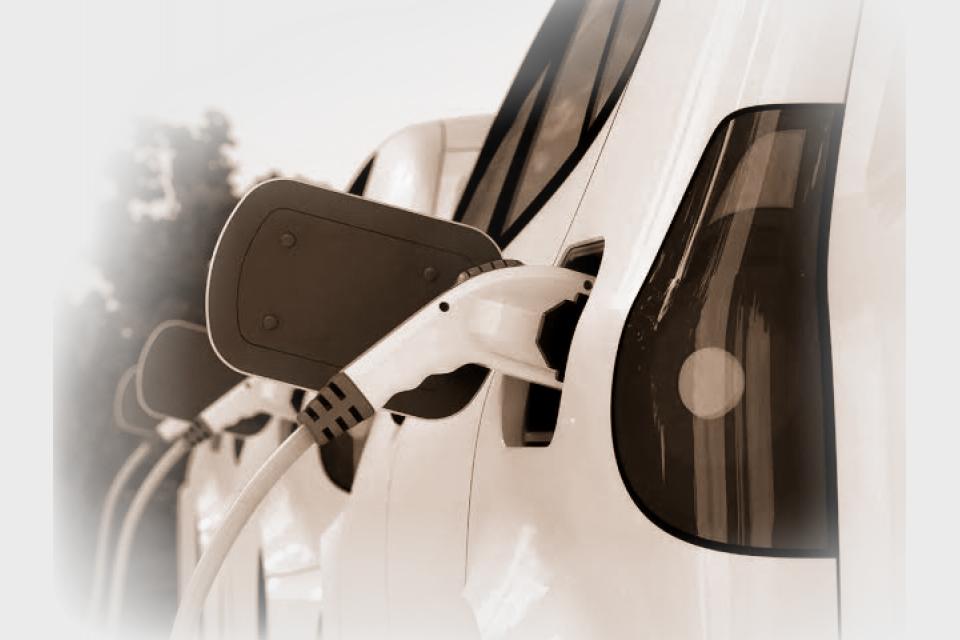The Government Of India on Wednesday approved the Rs 25,938-crore production linked incentive (PLI) scheme for the automobile and auto ancillary sectors to promote domestic manufacturing of green vehicles and enable India to become a part of the global supply chain.
Petrol and diesel vehicles have not been included in this scheme. The focus is instead to promote the transition to clean automotive technologies such as electric and hydrogen fuel cell vehicles, which are expected to gain volumes in the coming years.
The scheme is expected to generate investments of over Rs 42,500 crore in five years and incremental production of over Rs 2.3 lakh crore, as per government estimates. Additional employment for over 750,000 people will be generated.
“The auto component sector exports today are worth $15 billion while imports are of $17 billion. This scheme will help in the direction to reduce this $17 billion component import,” Anurag Thakur, Minister of Information and Broadcasting said Wednesday. The Indian automotive industry accounts for just 2% of the global industry and that also needs to be higher, he said.
Both existing players and new investors will be eligible to get benefits under the scheme. The benefits will be commensurate with the revenues of the eligible companies and paid over a period of five years.
“The beneficiaries in the PLI scheme for auto sector are likely to be 10 vehicle manufacturers, 50 auto-component manufactures and 5 new non-automotive investors planning to enter into the automotive sector,” said Saurabh Agarwal, Tax Partner, Automotive sector, EY India.
The outlay for the scheme has been halved from the earlier plan of Rs 57,043 crore. The limited budget will likely result in tough competition in the industry with respect to who will be awarded the PLI scheme, Agarwal said.
Existing automotive players will have to make new investments of Rs 2,000 crore over the next five years to qualify for the scheme. This number has been lowered for two- and three-wheeler makers to Rs 1,000 crore. A new player will also have to invest at least Rs 2,000 crore.
On the auto components side, new players will have to invest Rs 500 crore while existing players will have to invest a minimum of Rs 250 crores over the next five years to be a part of the scheme.
“Thrust on incentivising new age technologies will facilitate creation of a state-of-the-art automotive value chain in the country and give a much-needed impetus to manufacturing of cutting edge automotive products in India,” said Sunjay Kapur, president of Automotive Component Manufacturers Association of India.
With global economies looking to de-risk their supply chains, the PLI scheme will help make India an attractive alternative source of high-end auto components, he said.
The PLI Scheme for automotive sector will complement the existing PLI scheme for Advanced Chemistry Cell and Faster Adaption of Manufacturing of Electric Vehicles phase-2 (FAME-2) scheme to give a boost to the manufacture of electric vehicles in India, Thakur said. These two existing schemes have budgets of Rs 18,100 crore and Rs 10,000 crore, respectively.
The government believes that extending incentives only for green technologies will spur automobile companies to focus urgently on introducing electric vehicles and more sustainable technologies to the market.
This scheme is part of the overall production linked incentives announced in the budget earlier this year with a financial outlay of Rs 1.97 lakh crore for enhancing manufacturing capabilities and exports in 13 identified sectors.









